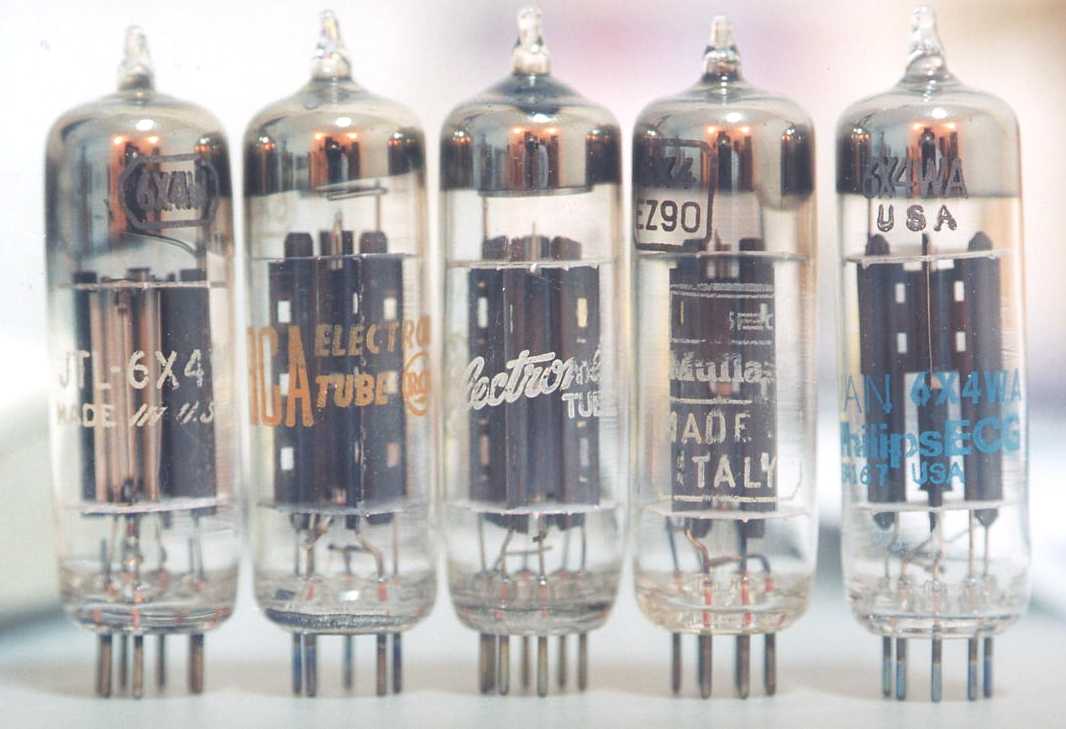Coupling capacitor. There are choices here rather than just the 0.1uF of Audio Note's circuit or 0.47uF of vt4c's circuit. The function of this capacitor is to block out DC voltage and allow AC signal to pass through. With the succeeding resistor to ground, it forms a high pass filter. Knowing the input impedance of your power amplifier that you are going to connect to this preamp helps you determine which coupling capacitor you can get by.
freq = 1/[2*pi*R*C] Remember the above formula. Because taking R as input impedance of the subsequent stage, then... nah, this is too much to explain. Look at the table below. I have calculated the bass frequency cut-off using a combination of R and C. The R refers to input impedance of the next stage paralleled with your 1M resistor (which would come up pretty close to the next stage input resistance anyway). The C refers to coupling capacitor at output of the preamp.
What's the point of knowing all this? So that you can be cheap! If your power amp has input impedance of 100kohm and you find coupling capacitor of 0.47uF to be too expensive, look at the table... this combo gives a cut-off of 3.39Hz. Well, if you don't mind the cutoff at 7.23Hz, then you could use 0.1uF! After all, can your speakers produce THAT low? The point being 0.1uF is cheaper than 0.47uF of the same voltage rating. Okay, enough talk, try your hand at being 'cheap'. :)
Resistors. Try any type you like! Carbon, metal, Kiwame, Holco, Vishay, Caddock, Chinese firecracker, cap parang... see I told you you could mod to your heart's content. Just observe power ratings. Plate resistor of 10kohm has to be rated for at least 2.5W while you can get by with cathode resistor 470ohm of 1/2W.
Electrolytics. In the power supply, and cathode bypass of 5687. Use whatever you like.
Actually, my parts philosophy is very simple. Build it with whatever cheap components you have. Build it first, get it working first THEN mod it and substitute with whatever audiophile-approved, boutique, space-age, friends-claim-to-be-best-sounding part. Blindly using audiophile parts without regard is like cooking without knowing what spices you are using.
Wire. Yeah, some say solid core sounds better, some swear by stranded Litz, some prefer copper, some silver, Teflon insulated blah blah blah... Take your pick. For simplicity, I'm using cheap 600V solid core tinned copper of 22-23AWG. Try whatever you like. Just be sure to observe voltage ratings.
What next? How about a hint? This is a tube preamp... Yeah! Tubes! Here are some choices. Okay, I've done enough. It's time to enjoy my music! I said that too soon. Here is a FAQ page.
R in kohm
C in uF
freq
C in uF
freq
C in uF
freq
C in uF
freq
C in uF
freq
50
0.1
31.83
0.22
14.47
0.33
9.65
0.47
6.77
1
3.18
100
0.1
15.92
0.22
7.23
0.33
4.82
0.47
3.39
1
1.59
250
0.1
6.37
0.22
2.89
0.33
1.93
0.47
1.35
1
0.64
 RCA, Tungsol (sold out), GE & Raytheon.
RCA, Tungsol (sold out), GE & Raytheon.
 Tungsol, RCA, GE, Mullard (not avail) & Philips JAN.
Tungsol, RCA, GE, Mullard (not avail) & Philips JAN.